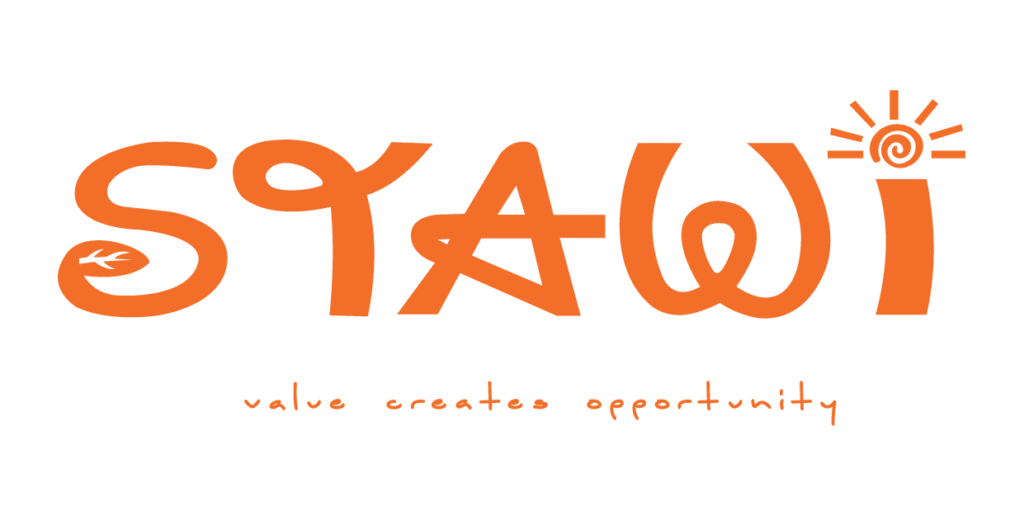- Hotline: +01 234 567 890
- Chat
- Contact Us









By reducing waste that would otherwise pollute waterways (such as discarded plastics and mining residue), STAWI contributes to waterway protection and supports waste management systems that preserve clean water for communities.



Through ethical employment, capacity building, and locally sourced production, STAWI creates stable jobs in communities often excluded from mainstream economies. The fair-trade model ensures workers receive just compensation for their labor.












By promoting ethical trade, transparency, and community engagement, STAWI fosters inclusive institutions that are just and accountable. This builds trust within communities and with external stakeholders.


Stawi is synonymous with thrive or prosper in Swahili language…Together we can flourish, “Pamoja twaweza Kustawi!” To make these long-term goals happen, we surely need alot of insight, co-operation & luck. Let us learn from yesterday, improve today to create the best version of tomorrow.
© 2025 Stawi- All rights reserved.